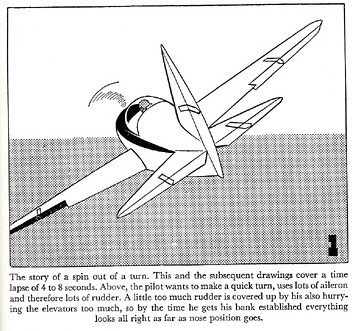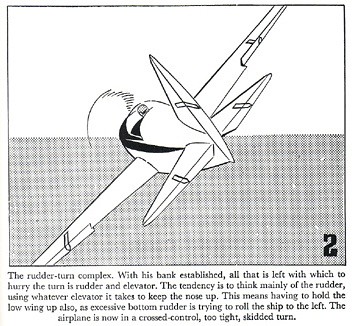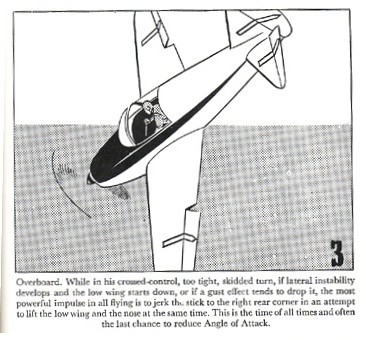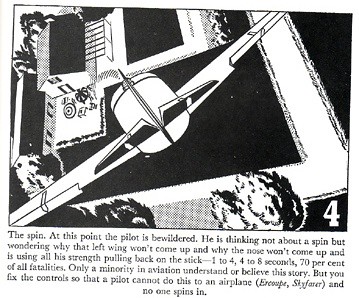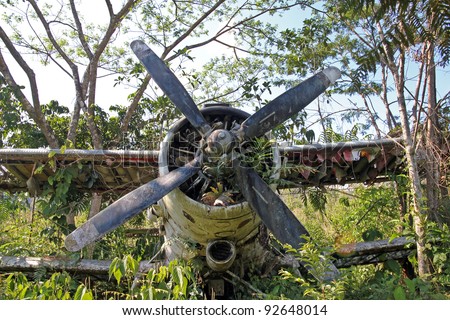dans2992
En-Route
- Joined
- Jan 7, 2013
- Messages
- 3,896
- Display Name
Display name:
Dans2992
No P-factor correction here?
Not sure exactly what happened, but the plane seems quite underpowered....
http://planelopnik.kinja.com/russian-airplane-cockpit-cam-catches-deadly-crash-1654929250
Not sure exactly what happened, but the plane seems quite underpowered....
http://planelopnik.kinja.com/russian-airplane-cockpit-cam-catches-deadly-crash-1654929250


 Well done.
Well done.

